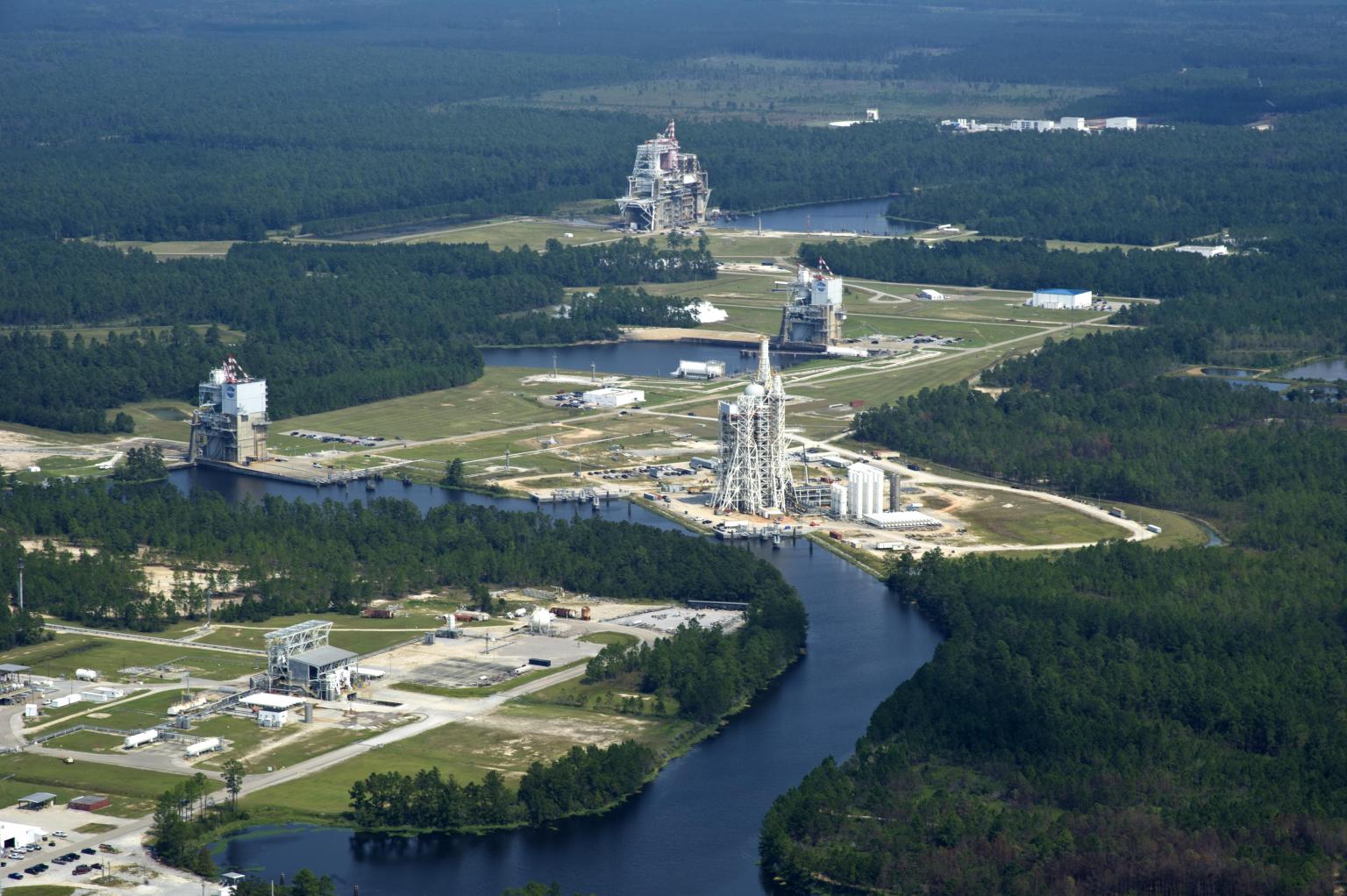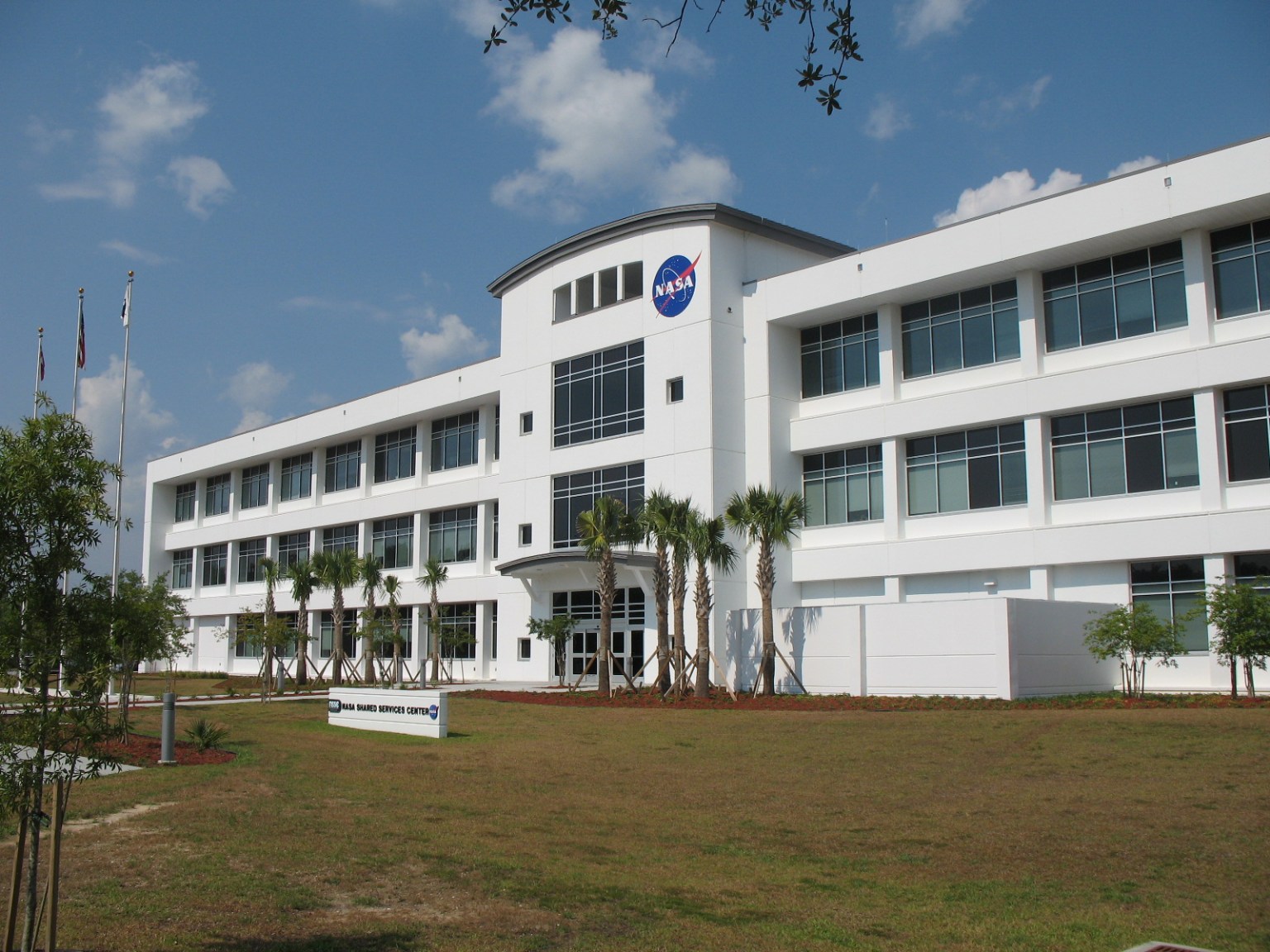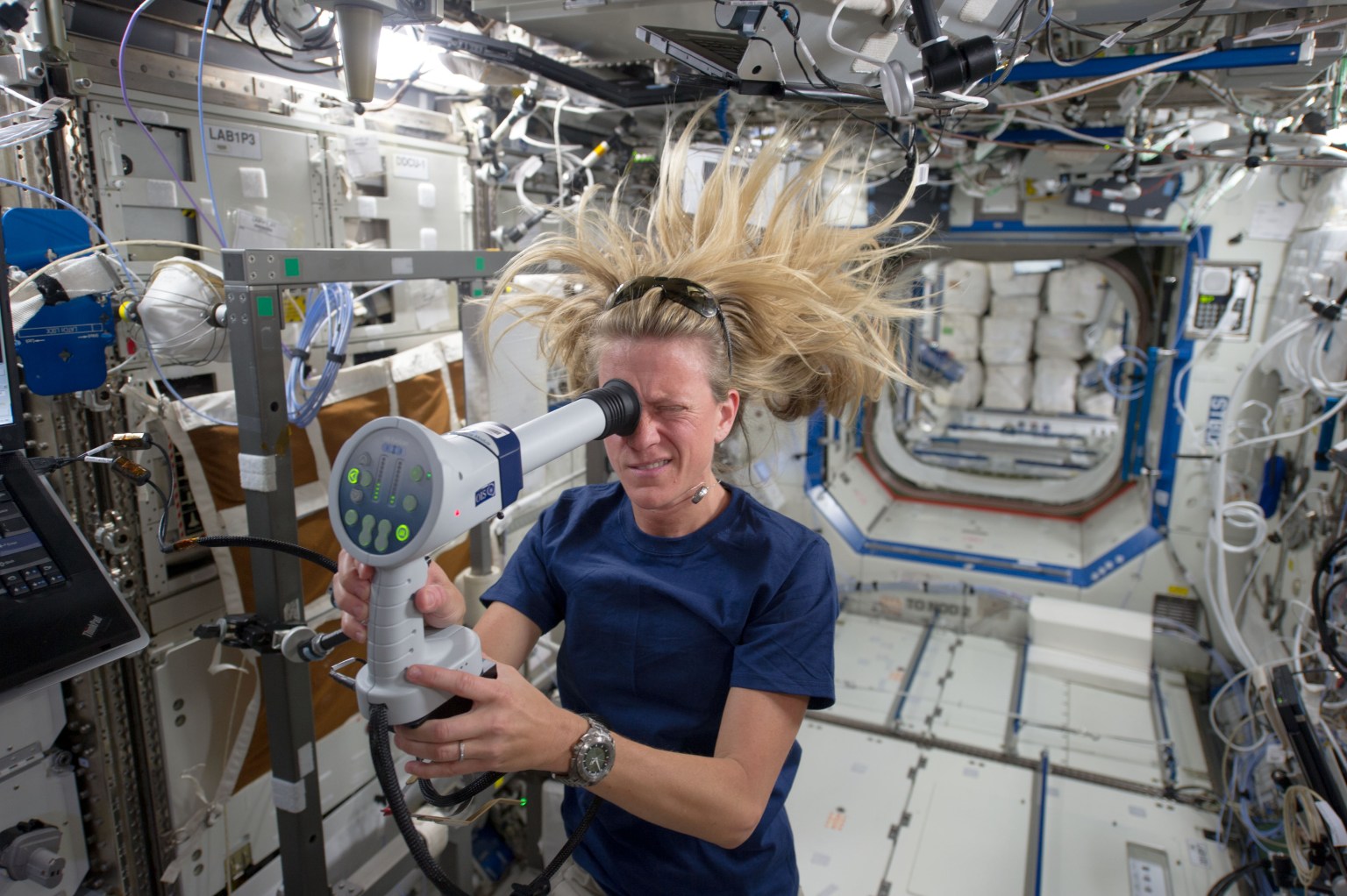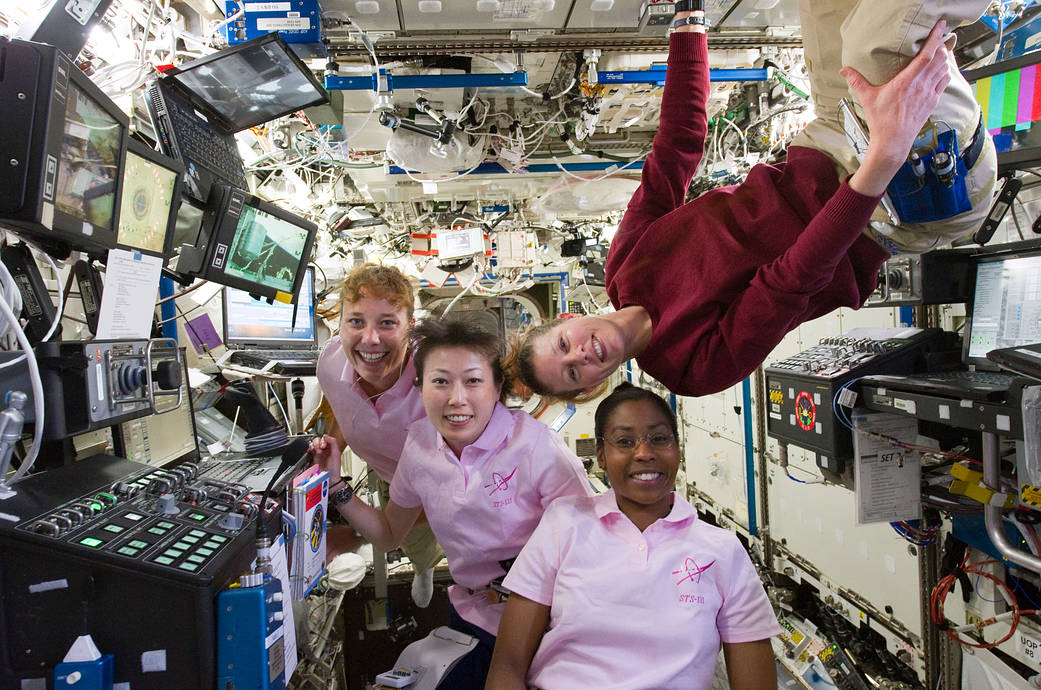The United States annually celebrates Women’s Equality Day on Aug. 26 to commemorate the passage of women’s suffrage and to remember women who helped overcome gender discrimination in the U.S. The fight for women’s suffrage can be traced back to 1848 with the Seneca Falls Convention, the first major public political meeting in the U.S. that advocated for women’s rights.
The convention at Seneca Falls resulted in the Declaration of Sentiments and Resolutions which listed the ways that American women were oppressed and relegated to inferior status by the existing male power structure and pushed for the voting rights of women.
Thirty years after the Seneca Falls Convention, a Women’s Suffrage Amendment was introduced to the U.S. Congress. The amendment was not approved by the House and the Senate until 1919, and on Aug. 26, 1920, the 19th Amendment was signed by Secretary of State Bainbridge Colby.
In recent years, women’s equality has shifted its focus to the gap in gender equity, striving for the fair treatment of women and men according to their respective needs. In 1920, this meant women’s right to vote. In 1970, this meant equal opportunities in employment and education. In 2023, the struggle continues for gender equity. In recognition of Women’s Equality Day, NASA celebrates some of the women who have helped shaped the agency:
Pearl I. Young
When Pearl Young left home at age 11 to serve as a domestic worker so she could attend high school, she had no way of knowing that she would one day have a place in women’s history. Young attended the University of North Dakota, where she worked her way through college as a Phi Beta Kappa with a triple major in physics, mathematics, and chemistry. In 1922, she accepted an appointment at the Langley Memorial Aeronautical Laboratory of the National Advisory Committee for Aeronautics (NACA), now NASA’s Langley Research Center in Hampton, Virginia, becoming the first professional woman employee at Langley and the second female physicist working for the federal government. Young retired from NASA in 1961, having served as chief technical editor for nearly 20 years.
Kitty O’Brien Joyner
Born in Charlottesville, Virginia, Kitty O’Brien became the first woman to graduate from the University of Virginia engineering program, where she received a Bachelor of Science in electrical engineering in 1939. She also was the recipient of Algernon Sidney Sullivan Award. That same year, she was hired by the NACA Memorial Langley Aeronautical Laboratory, becoming the first woman engineer to be hired by the laboratory. During her time with the agency, she worked with supersonic and subsonic wind tunnels. Before retiring in 1971, she had been promoted to branch head of the Facilities Cost Estimating Branch in the Office of Engineering and Technical Services.
Vera Huckel
A graduate of the University of Pennsylvania, Vera Huckel joined NACA in 1939 as one of only three women engineers at NACA Memorial Langley Aeronautical Laboratory, working the mathematics and testing of sonic booms in supersonic flight. She would often travel to the deserts in the western U.S. to calculate the mathematics of the test flights. If she was unable to travel to the test location, the numbers and test results would be sent to her in Virginia, because she was the only one trusted to make the calculations. During her time with the agency, Huckel also wrote the program for the first electronic computer. By 1945, she had been promoted to section head, supervising 17 other women. Huckel retired from NASA in 1972, after more than 33 years of service.
Sally Ride
When space shuttle Challenger blasted into orbit from NASA’s Kennedy Space Center in Florida on June 18, 1983, Dr. Sally Ride’s place in history was assured as she became America’s first woman in space. Born in Encino, Calif., Dr. Ride received a Bachelor of Science in Physics and a Bachelor of Arts in English in 1973 from Stanford University. She went on to obtain a Master of Science (1975) and a doctorate (1978) in physics from Stanford. NASA selected Dr. Ride as an astronaut candidate in January 1978. In 1984, Dr. Ride was a mission specialist aboard Challenger’s STS 41-G mission, making her the first American woman to travel to space for a second time. Among her honors, Dr. Ride was inducted into the National Women’s Hall of Fame and the Astronaut Hall of Fame.
Building on the long-standing history of women inspiring excellence at NASA, women at NASA’s Stennis Space Center and NASA Shared Services Center have made their mark on the agency, such as:
Joyce Short
The first African American and female senior executive at the NASA Shared Services Center, Joyce Short joined NASA in 2005 and helped stand up the center in 2006. She served in dual roles as the deputy executive director and the director of the Service Delivery Directorate. Prior to joining NASA, Short was director of the Human Resources Shared Service Center at the Defense Finance and Accounting Service where she served for 15 years, holding a variety of increasingly responsible leadership positions. She earned a bachelor’s degree in business from Indiana Wesleyan University and completed advanced coursework in law and public affairs at Indiana University. Short retired from NASA in April 2010.
Mary Byrd
In January 2021, when Mary Byrd was named associate director of NASA Stennis, she earned distinction as the first female member of the NASA Stennis executive leadership team. A graduate of Louisiana State University, Byrd provided leadership and coordinated NASA’s rocket propulsion testing capabilities and NASA Stennis’ roles in the agency’s technology programs. She also managed a skilled workforce of more than 1,200 civil servants and contractor employees and the federal city, that includes more than 40 other federal, state, academic, and private organizations. Prior to this role, Byrd was the director of the Center Operations Directorate at NASA Stennis, providing key leadership for operations and maintenance of all NASA Stennis test support facilities and managing tenant and facility user agreements. After 26 years of service to NASA, Byrd retired in December 2021




























